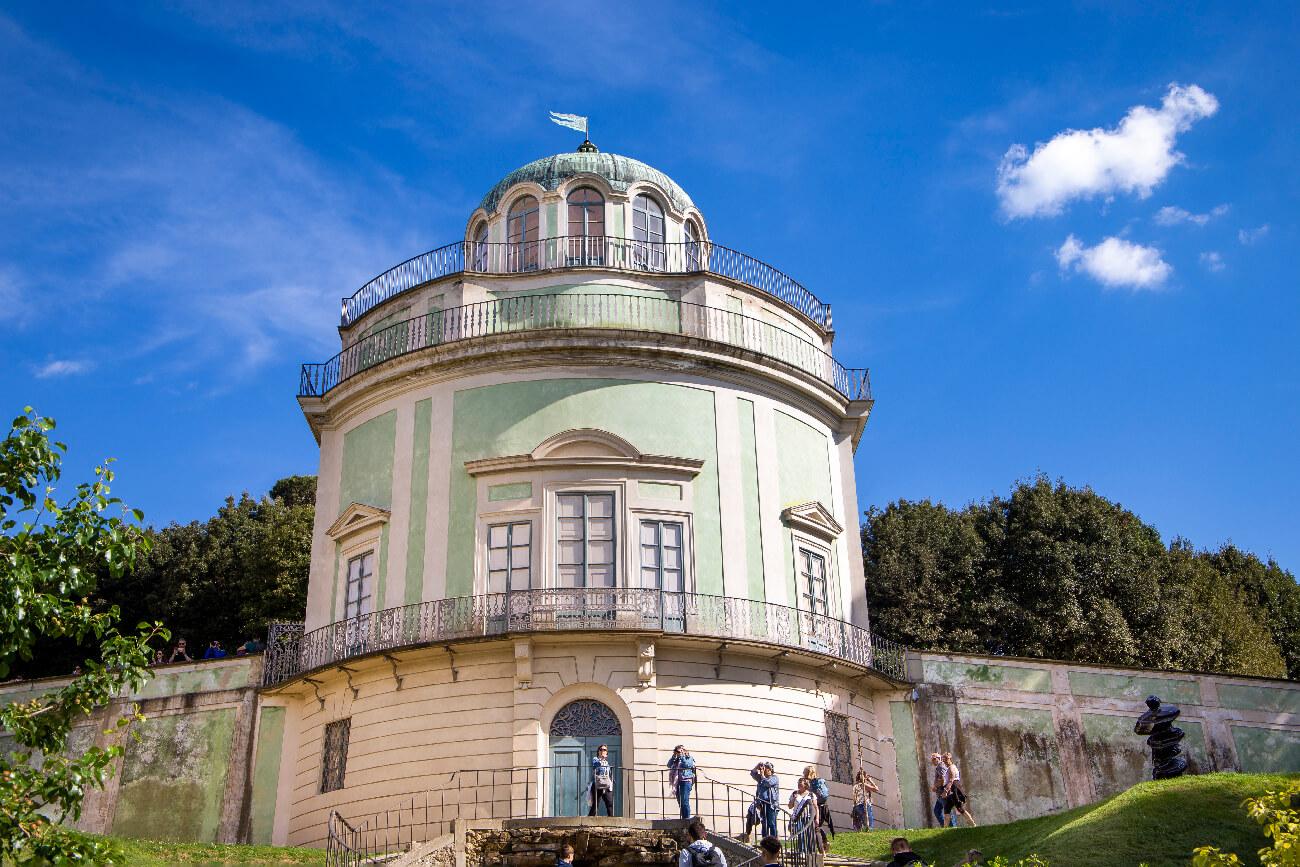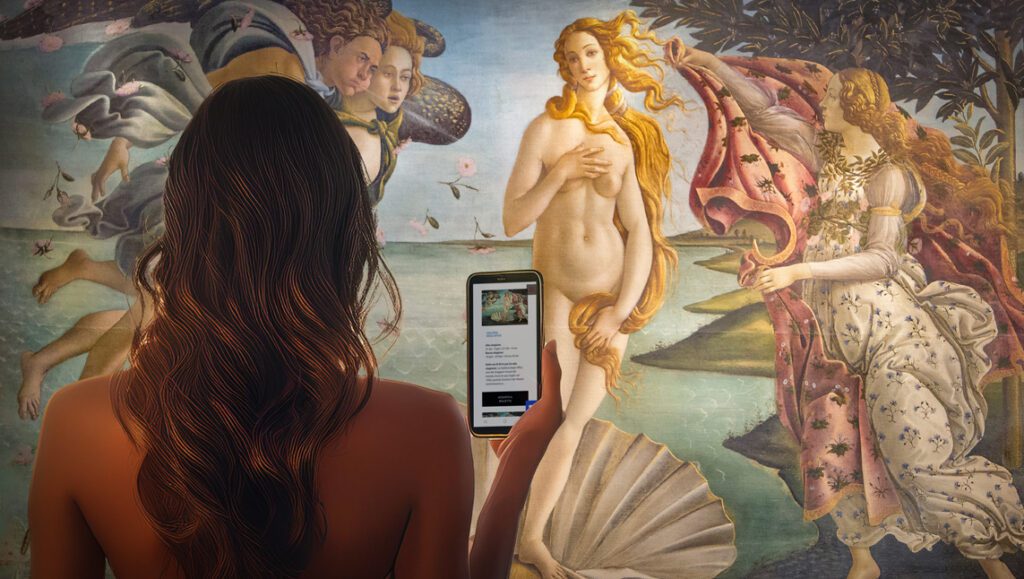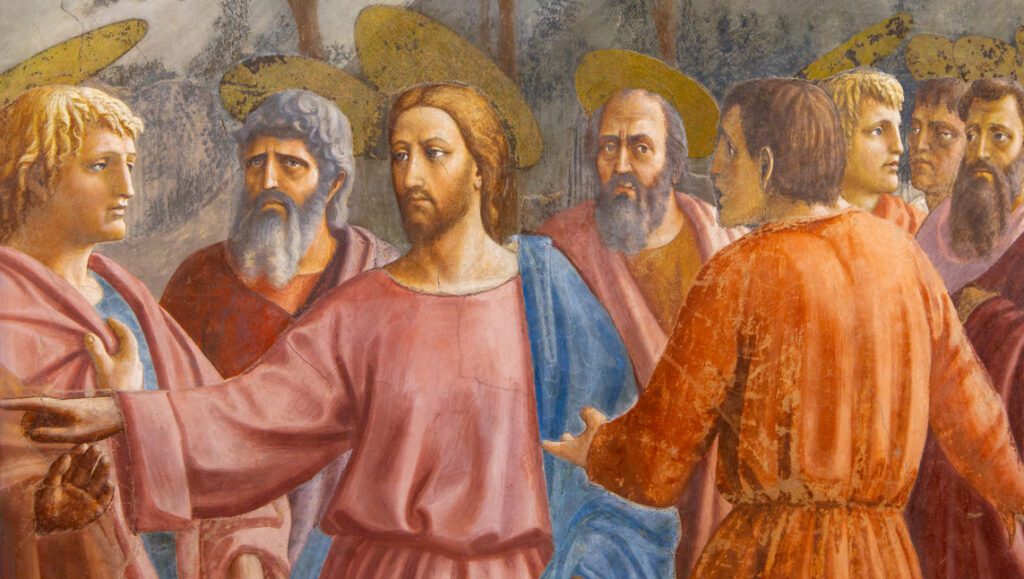
Tour of the Boboli Gardens, the humanist soul of a large green space
After a couple of dates postponed due to bad weather, the guided tour of the Boboli Gardens will finally toke place on Saturday 27 June 2020, at 3.30 pm. The tour to the most majestic park in Florence was not meant to be simply an opportunity for an escape to the outside world – something one certainly feels needed after the months of forced isolation – but the proposal to rediscover one of the most underrated places in Florence, actually very rich in history tough.
In fact, not everyone knows that the Boboli Gardens, as we see them today, are the result of a stratified overlapping of works and embellishments over the centuries, from the mid-sixteenth century, when the first works were started by the Duchess Eleonora di Toledo, up to the reigning Savoy, passing through the embellishments that took place in the Baroque and Rococo ages.
Aware of the fact that, never as in this moment, is the desire to ‘start over’ strong, well, it is perhaps appropriate to start again from the origins. It may even be surprising to ascertain how what has been seen so far hides a multifaceted story, which until now had been taken for granted.
We must start from the deep roots of Florence, just as deep are the roots of the centuries-old trees that populate this large garden. The history of Boboli officially begins in 1549, when Eleonora di Toledo bought with her dowry the building belonging to the heirs of Luca Pitti and which also got a space behind it. The original nucleus formerly built is still the one that can be seen in correspondence with the steps of the theatre, obtained in the area where once there was a pietra forte quarry.

Tour presentation Youtube video (the date refers to an organised tour in 2020)
The ancient texts
It would occur to no one that the creation of this theatre was inspired by classical literature texts of that both Eleonora and her husband must have well known.
We will see that these textual references were also important for the creation of other areas of the park. One of the lesser known, and also for this reason the most fascinating aspects of the Boboli, is that it draws its origins from literary sources that were considered of great importance in that humanistic culture of the fifteenth and sixteenth centuries which found one of its driving forces in Florence, starting with authors such as Leon Battista Alberti who, with his Re æaedificatoria, rediscovered all the authority of Vitruvius, to then follow with Sebastiano Serlio and so on.
The ancients were rediscovered and reproduced, taking from them the ideas for the urban Hortus, places of rest and otium. But if ancient Rome was handed down in writings, the concrete references that the members of the Medici court had before their eyes had an oriental cultural matrix, such as the luxuriant Arab-inspired gardens that Eleonora di Toledo had in her original Naples .
So all these contributions are important for reading the symbolism of the Boboli Gardens.
The theatre is therefore the starting point of our tour which will lead us to discover the masterpieces of sculpture and hydraulic engineering that this place boasts, such as the elegant fountain of Neptune, or the majestic one of Oceano, whose sculpture above it is Giambologna‘s work.
In addition to the fountains, what we will see on the tour of the Boboli Gardens are the statues with characters connected to popular life, as can be clearly seen thanks to the representation of the games.
One of the most delightful structures that we will see during the tour of the garden is the lemon house, symbol of a practice that is quite common in Tuscany but which, as we will see, is particularly linked to the Medici family.

The Kaffeehaus inside the Boboli Gardens
A journey back in the medieval history of Florence
We will visit the knight’s garden, where we will discover the meaning of this seemingly simple name. Being one of the highest points of Boboli, from the terrace of this garden we will admire the beautiful panorama of the south-east area of Florence, where important buildings of the city can be seen, such as the Basilica of San Miniato, the ‘Arnolfian’ walls and the Castle of the Gauls.
The porcelain museum, now housed in the little house in the garden, is further evidence of the great artistic vivacity of Florence in the past centuries. We will continue the tour of the Boboli Gardens by visiting the Kaffeehaus, an interesting building that bears witness to the importation of uses and customs that were typical of the Austro-Hungarian empire in the eighteenth century.
We will end the guided tour seeing the Grotta di Madama and the majestic Grotta grande, known as the Grotta del Buontalenti, a creation symbol of the ‘alchemical’ taste prevailing in Florence in the second half of the sixteenth century.
Through this summary description, I believe that we can well deduce how the Boboli Gardens condense a centuries-old history, made up of many artistic examples, expressions of different eras and different tastes. Visiting this pleasant place with a guided tour means rediscovering an important piece of Florentine history.
Bibliography
B.Edelstein, Palazzo Pitti e il Giardino di Boboli. L’hortus albertiano come prototipo della reggia, in La fabbrica di Pitti. Strategie familiari, committenza e architettura da Luca Pitti a Cosimo I de’ Medici, 9 marzo 2004, Archivio storico di Firenze (Italian edition) ⟣



